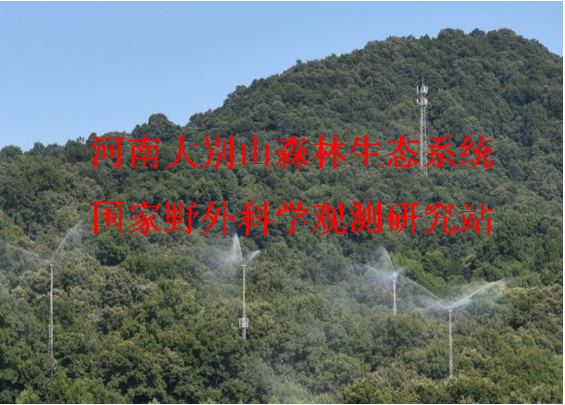Author: Ren, H., Z. Xu, F. Isbest, J. Huang, X. Han, S. Wan, S. Chen, R. Wang, D. Zeng, Y. Jiang, and Y. Fang.
Journal: Ecological Monographs
Year: 2017
Volume: 87:457-469
Abstract
Given that plant growth is often water-limited in grasslands, it has been proposed that projected increases in precipitation could increase plant productivity and carbon sequestration. However, the existing evidence for this hypothesis comes primarily from observational studies along natural precipitation gradients or from short-term manipulative experiments. It remains unclear whether long-term increased precipitation persistently stimulates grassland productivity. In the world’s largest remaining temperate grassland, we found that experimentally increased precipitation enhanced net primary production, soil-available nitrogen and foliar nitrogen concentrations during the first six years, but it ceased to do so in the following four years, unless nitrogen was simultaneously added with water. The 15N enrichment of plant and soil nitrogen pools in later years indicates increased nitrogen losses, which exacerbated nitrogen limitation and ended the stimulation of productivity by increased precipitation. Changes in species abundance might have contributed little to the changes in water treatment effects. Our study demonstrates that the long-term response of grassland ecosystems to increased precipitation will be mediated by nitrogen availability. Our results also point to a shift from co-limitation by water and nitrogen early to perhaps limitation by nitrogen only later in this temperate grassland, highlighting significant variations in the type of resource limitation induced by climate change.
Link

